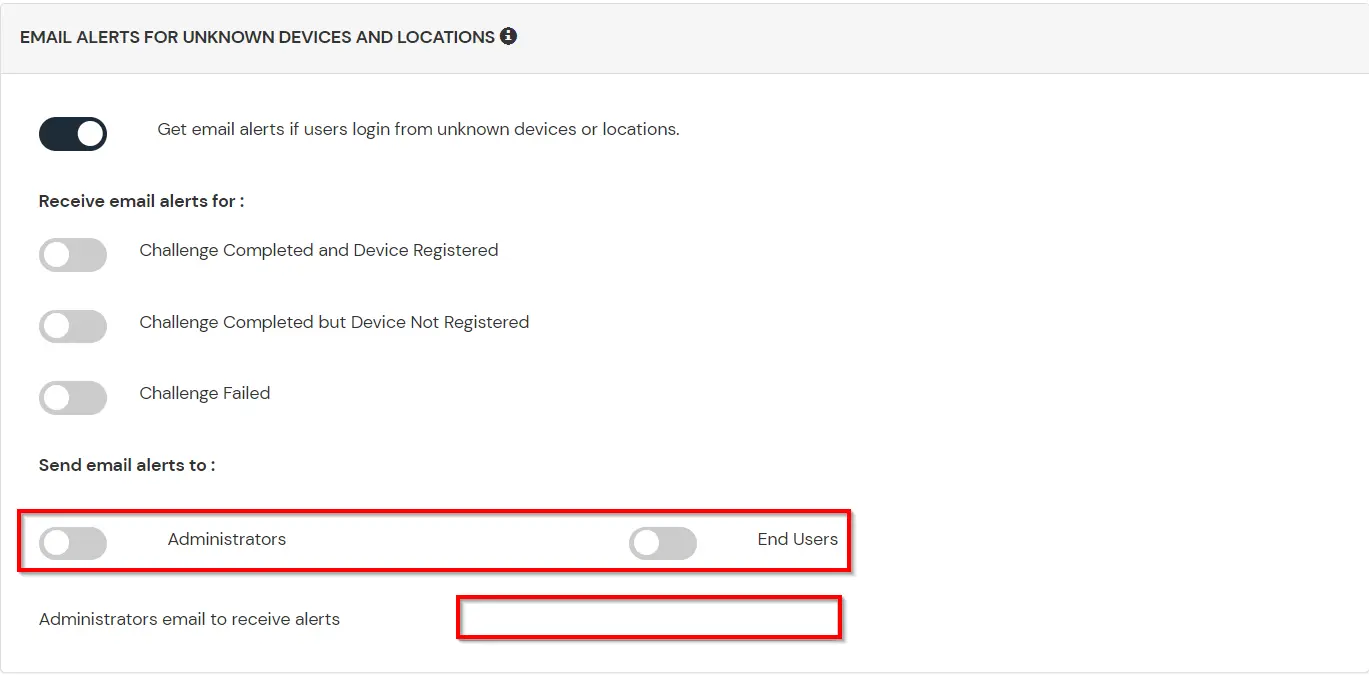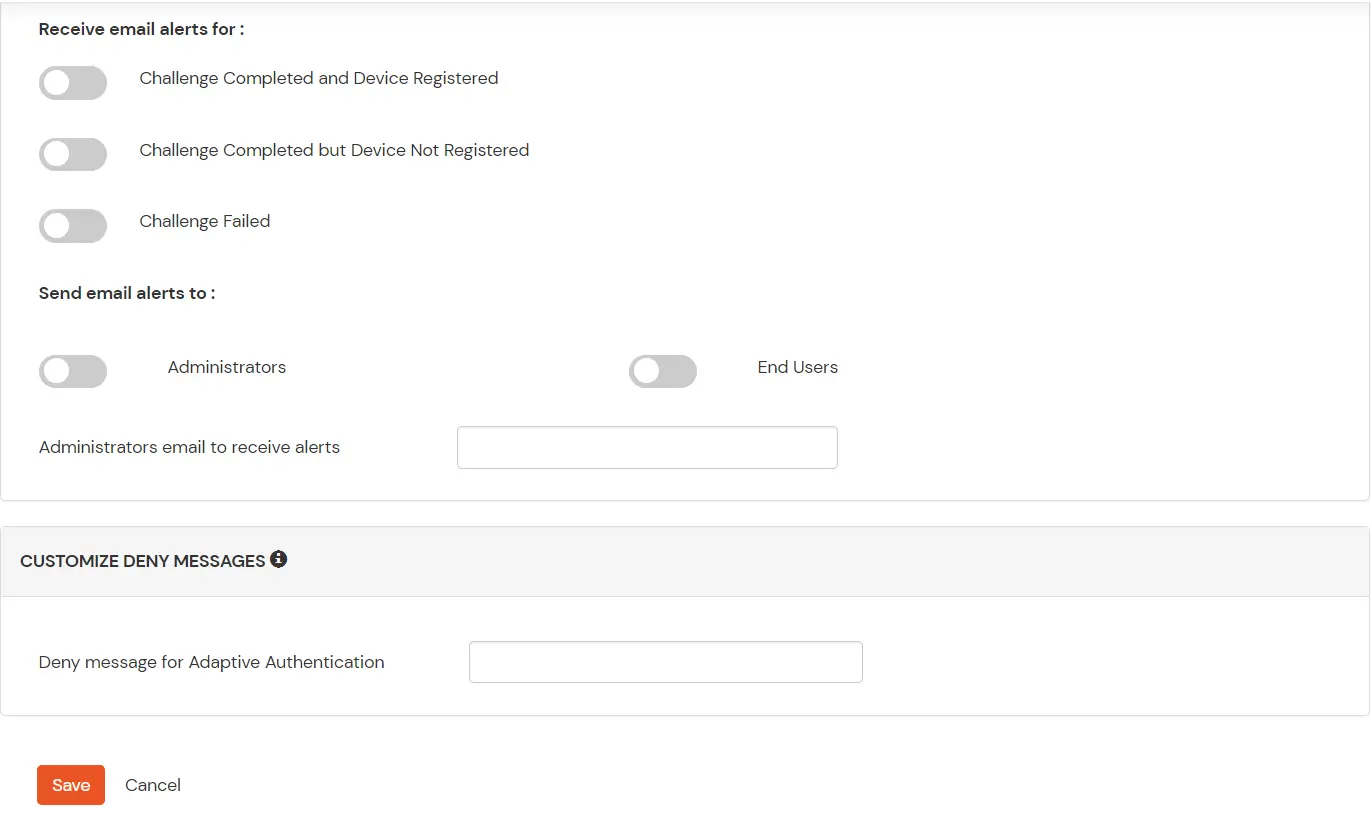Need Help? We are right here!
Need Help? We are right here!
Thanks for your Enquiry.
If you don't hear from us within 24 hours, please feel free to send a follow-up email to info@xecurify.com
Search Results:
×Adobe Captivate Prime is a Learning Management System that allows users to set up, deliver and track learners
(internal or external) with relative ease. Users can use it to design learning courses and programmes to fill skill
gaps and meet business requirements. It focuses on interactivity and gamification of the system to make
learning more engaging and fun and meet learning goals faster. It is used to train employees, partners and customers effectively with a next-gen LMS. Deliver an enhanced & enjoyable learning experience for your learners. Reduce skill gaps to manage a learner ecosystem that is engaged, compliant and updated. Take advantage of the all-new AI-based Social Learning to encourage learning in the flow of work and allow peers to learn from each other.
Using MiniOrange IDP users can access applications and resources using a single centralized interface. MiniOrange IDP provides support to different authentication standards such as SAML, OAuth, OpenID Connect, CAS, Shibboleth, SWA(Secure Web Authentication) and many more.
We already support more than 4000+ applications out of the box such as Google Apps, Evernote, Moodle, MediaWiki, Office 365, SharePoint, Dropbox and many more with support for newer applications added consistently.
Our IDP services will allow you to easily manage security for your environment without compromising the user experience.
Organizations and Companies usually have their own Identity Provider or Data Source for managing users. If a
user or employee is already logged into their Identity Provider then he shouldn't have to log in a second time to
access services/resources/courses on Adobe Captivate Prime. A Single Sign-On solution is required to allow users to
be able to seamlessly move between their
existing application and Adobe Captivate Prime without the hassle of maintaining separate credentials. This would
allow administrators to provide a seamless learning experience to their users and employees.
Adobe Captivate Prime has limited SSO standard support. If you have an existing Identity Source which doesn't support the required SSO standard then you won't be able to connect to Adobe Captivate Prime. There will also be the added hassle to manage users in both systems. (Your Identity Source and Adobe Captivate Prime)
miniOrange has a solution for you. miniOrange has support for a wide range of SSO standards. You will be able to connect your existing provider with Adobe Captivate Prime using miniOrange broker service. Users would be able to authentivate from their existing provider to log into Adobe Captivate Prime in a seamless manner with no other screens or pauses in between. miniOrange also removes the added hassle of having to create users in both systems. miniOrange would be able to sync users from your existing provider to Adobe Captivate Prime.

Adobe Captivate Prime has a limitation where you need to have a valid email address in order to create an account. Even if you create an account there's no way to recover or reset user's password if the email address is not valid. Adobe supports SSO but has limited SSO standard support.
miniOrange has a solution for you. You would be able to create and manage user accounts in miniOrange and use miniOrange as your primary Identity Provider.
miniOrange provides different fallback methods to reset your password even if your email address is not valid.
miniOrange also removes the added hassle of having to create users in both systems. miniOrange would be able to sync users from your existing provider to Adobe Captivate Prime.
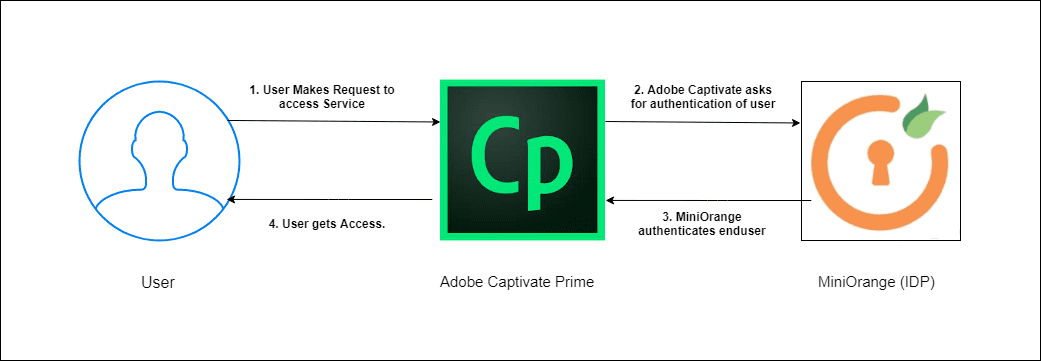
miniOrange provides user authentication from various external sources, which can be Directories (like ADFS, Microsoft Active Directory, OpenLDAP, AWS etc), Identity Providers (like Microsoft Entra ID, Okta, AWS), and many more. You can configure your existing directory/user store or add users in miniOrange.

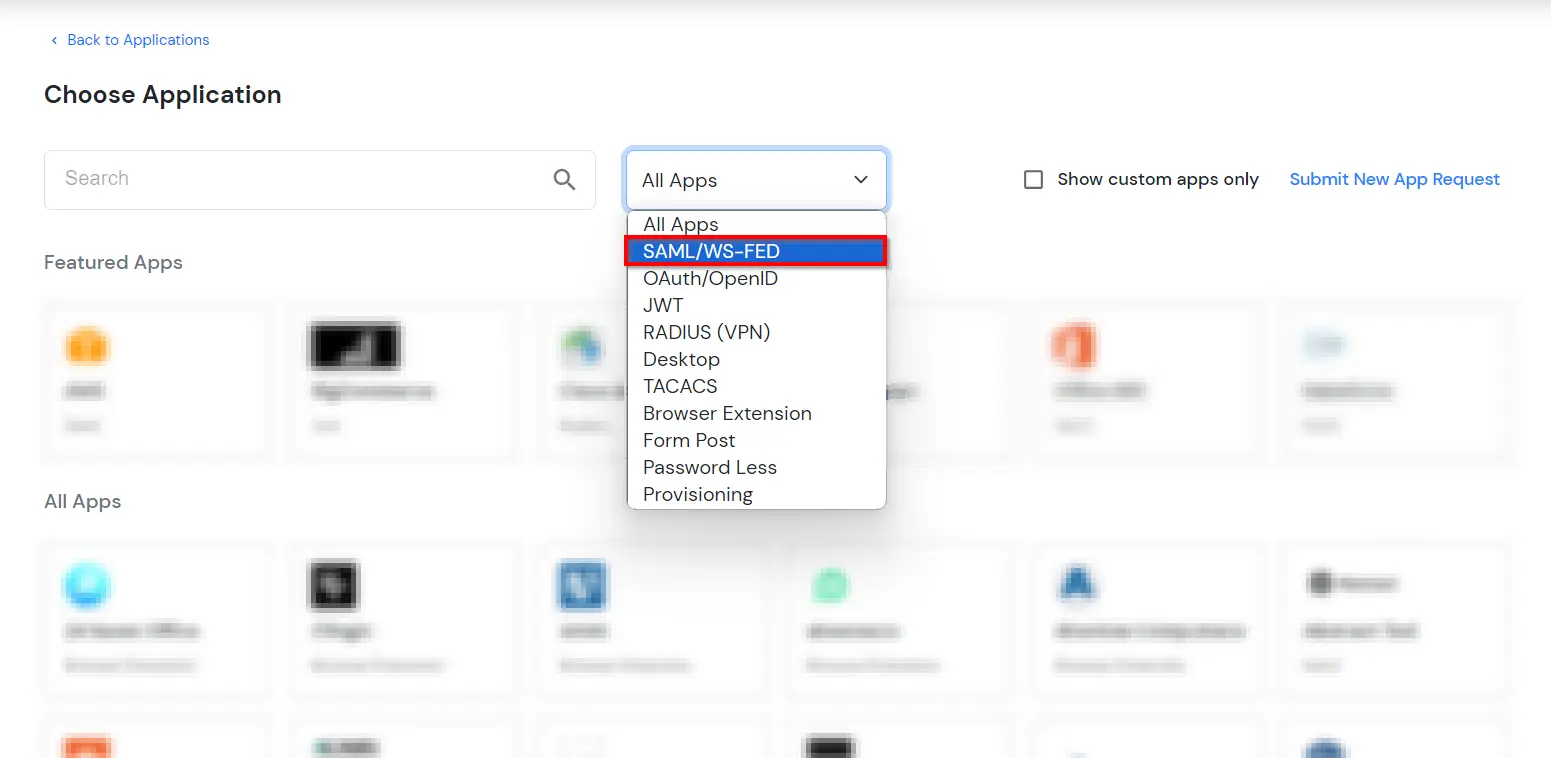
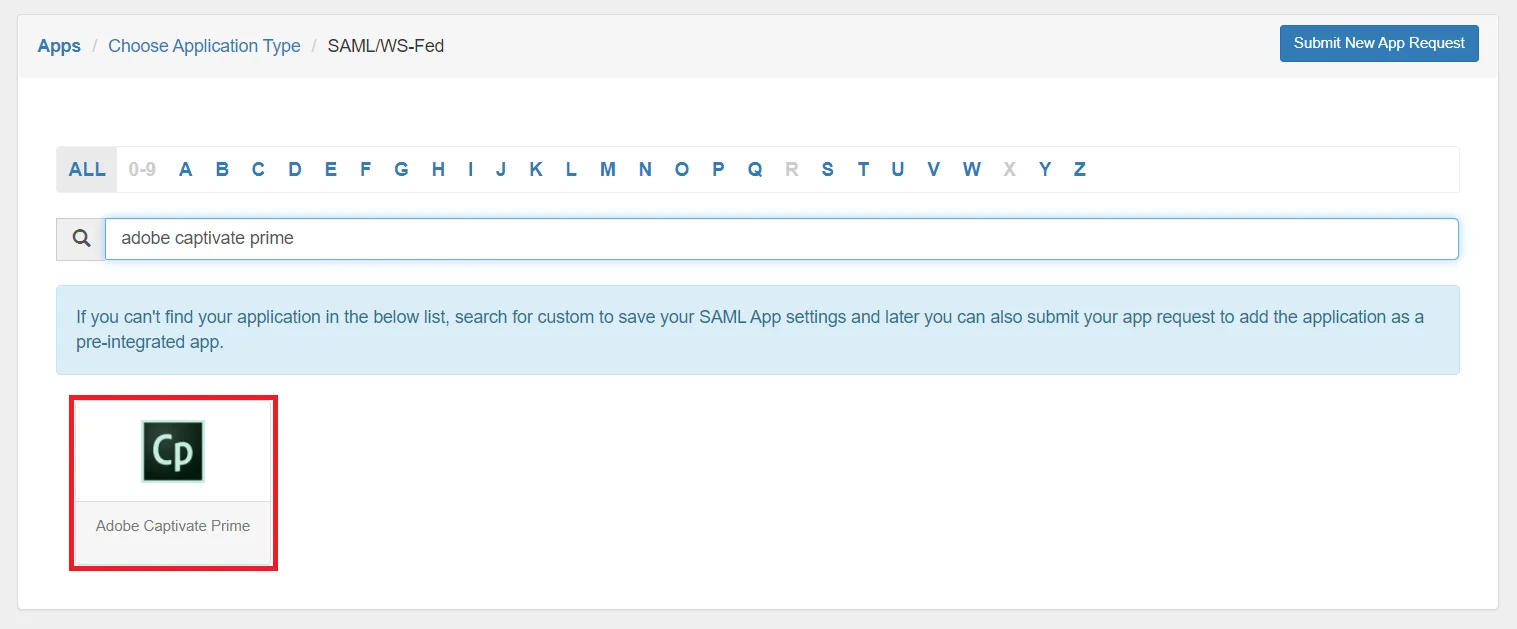
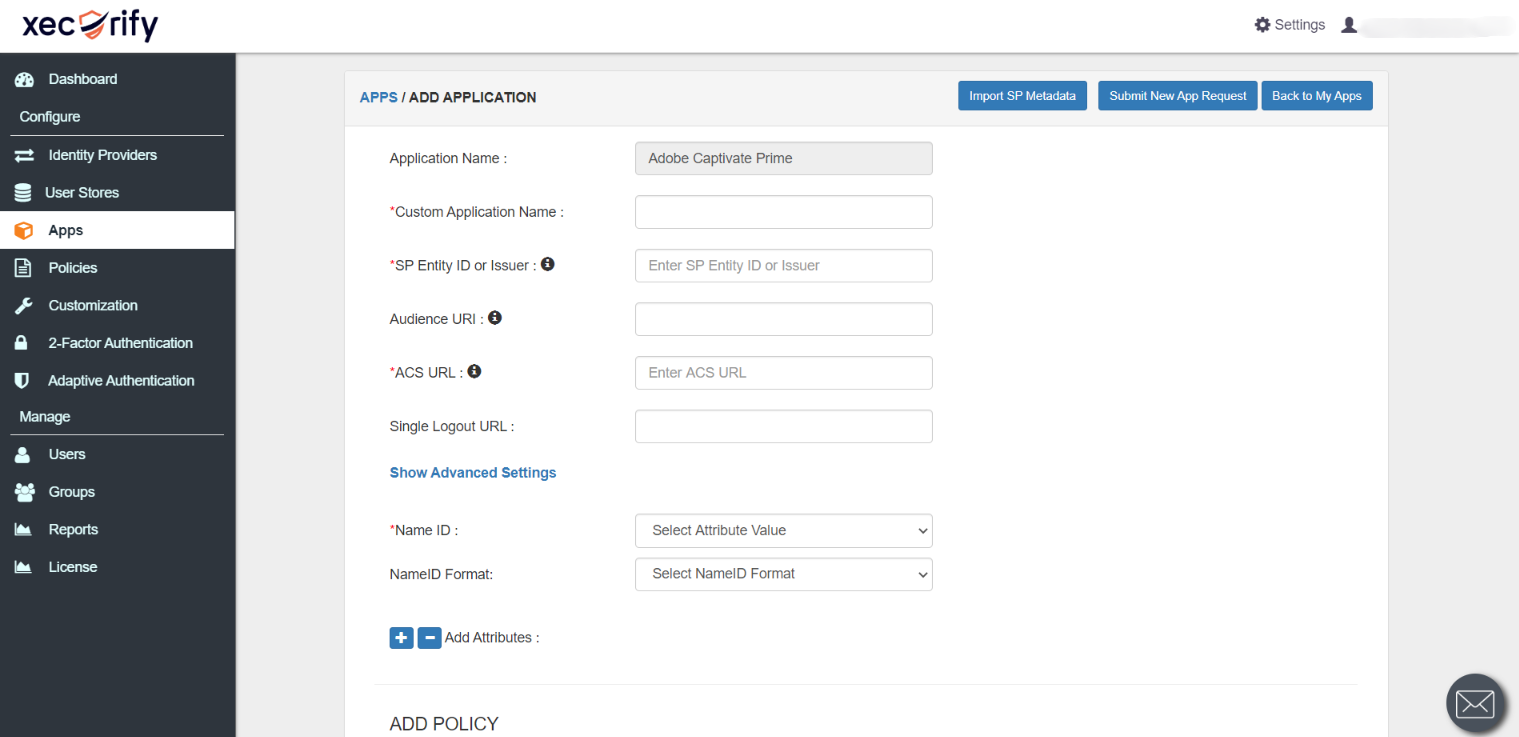
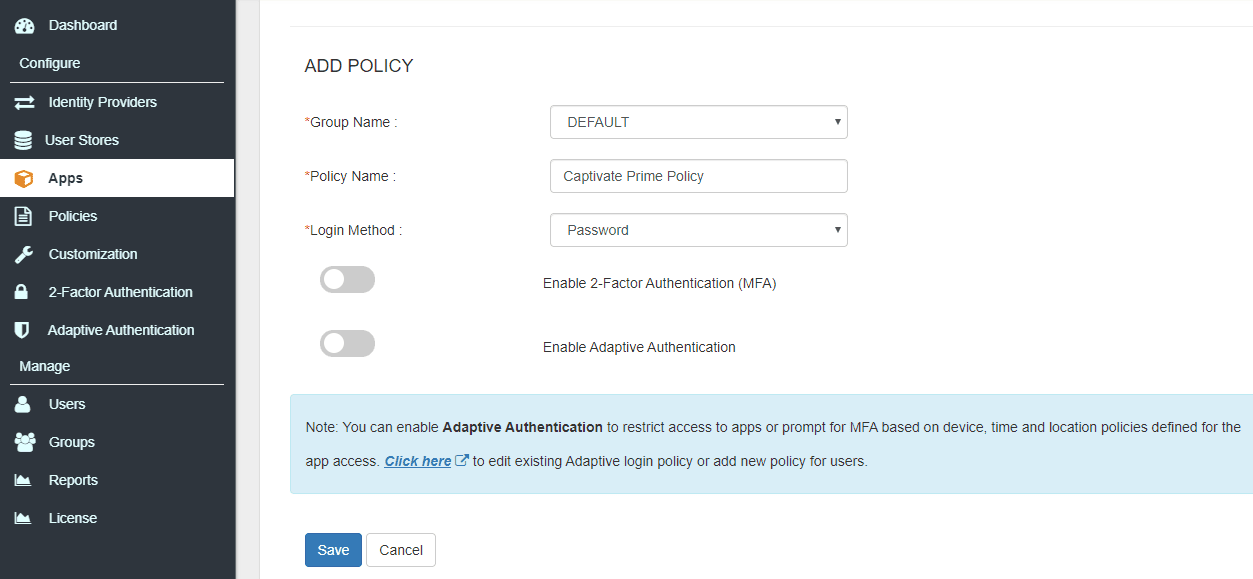
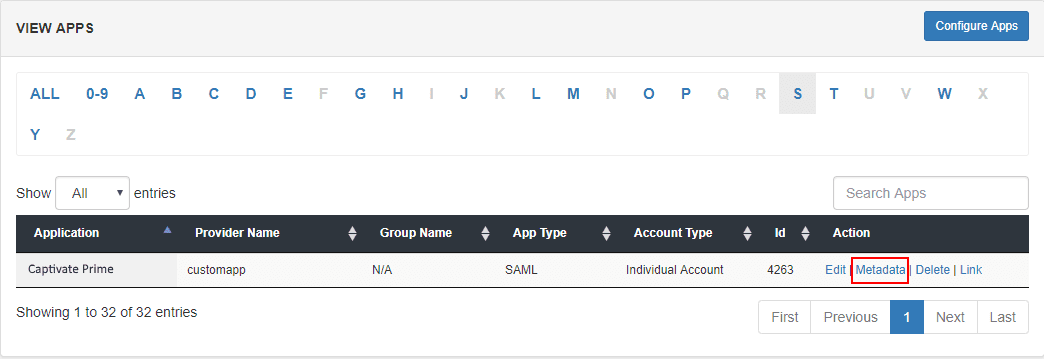
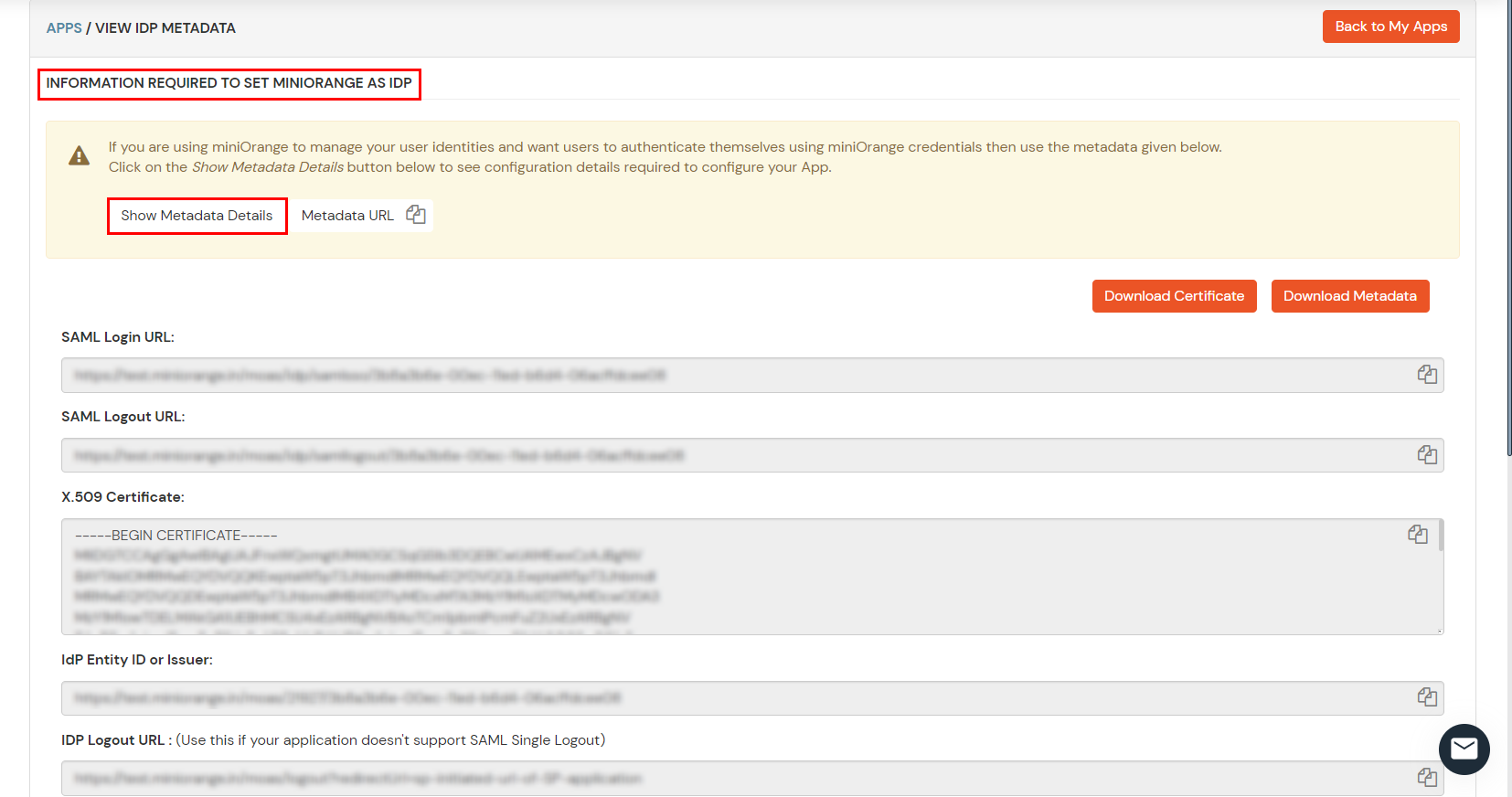
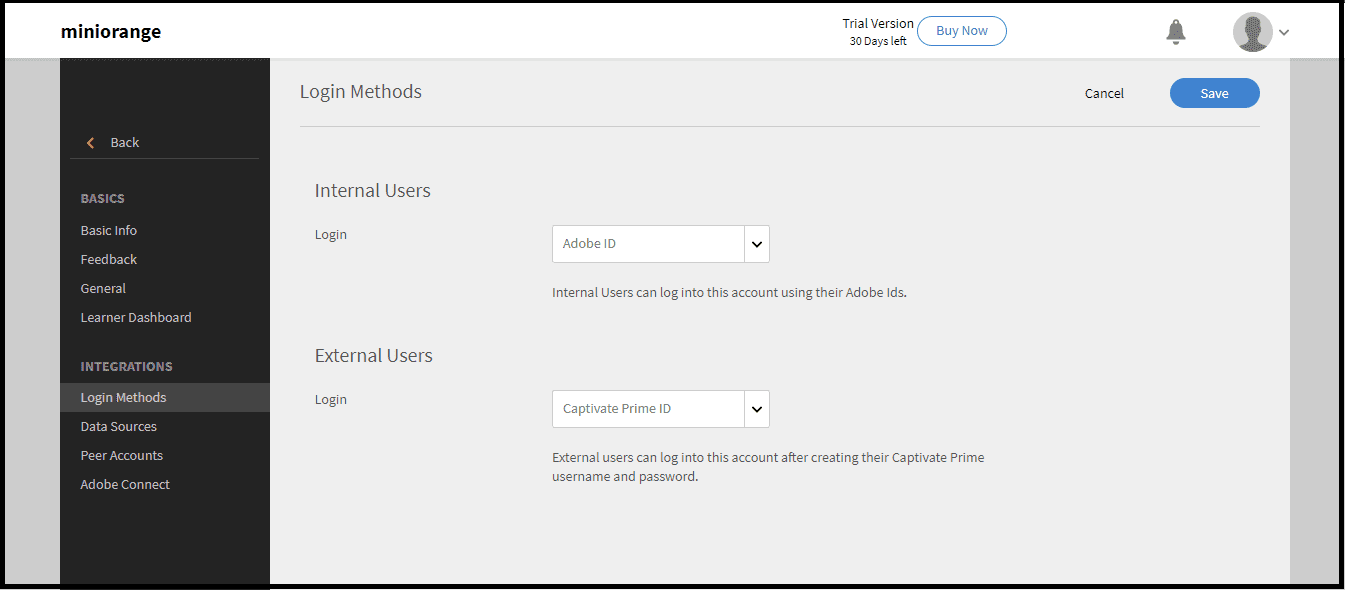
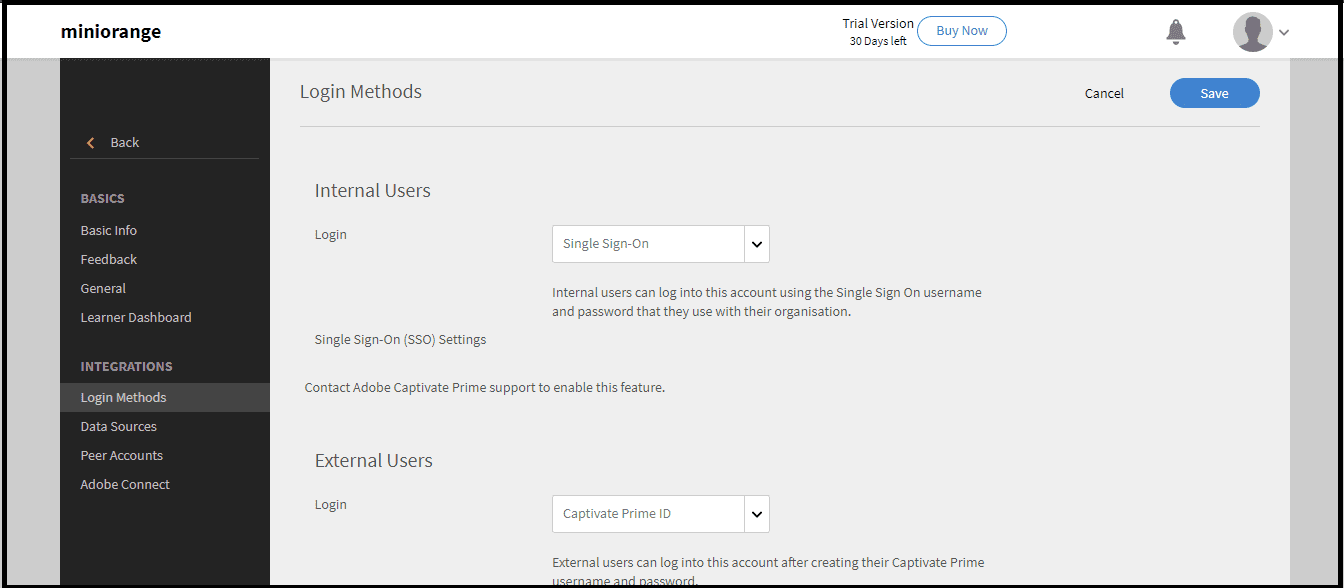




Test SSO login to your Adobe Captivate Prime account with miniOrange IdP:



Contact us or email us at idpsupport@xecurify.com and we'll help you setting it up in no time.
miniOrange provides user authentication from various external sources, which can be Directories (like ADFS, Microsoft Active Directory, Microsoft Entra ID, OpenLDAP, Google, AWS Cognito etc), Identity Providers (like Okta, Shibboleth, Ping, OneLogin, KeyCloak), Databases (like MySQL, Maria DB, PostgreSQL) and many more. You can configure your existing directory/user store or add users in miniOrange.
1. Create User in miniOrange





2. Bulk Upload Users in miniOrange via Uploading CSV File.

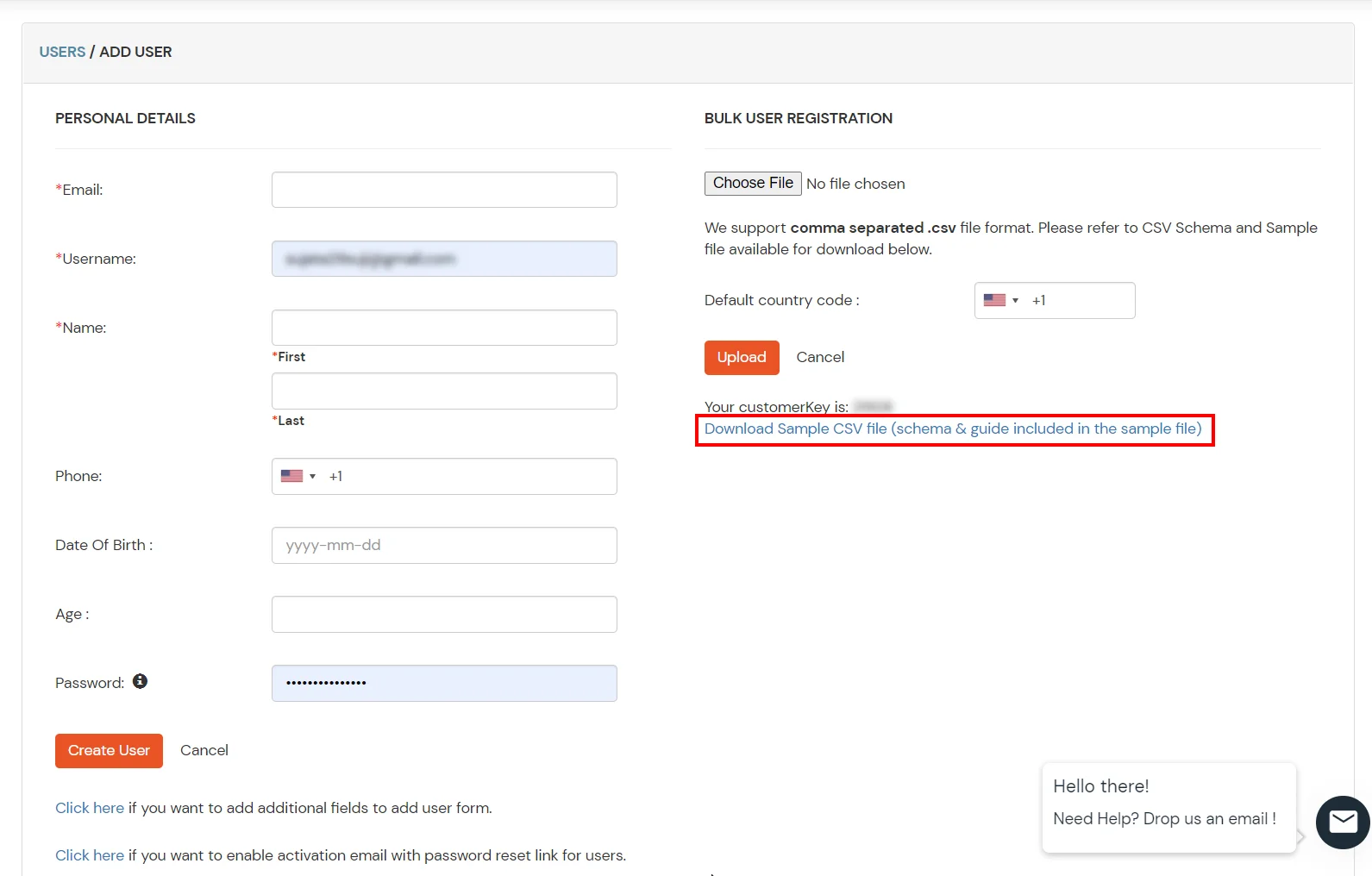
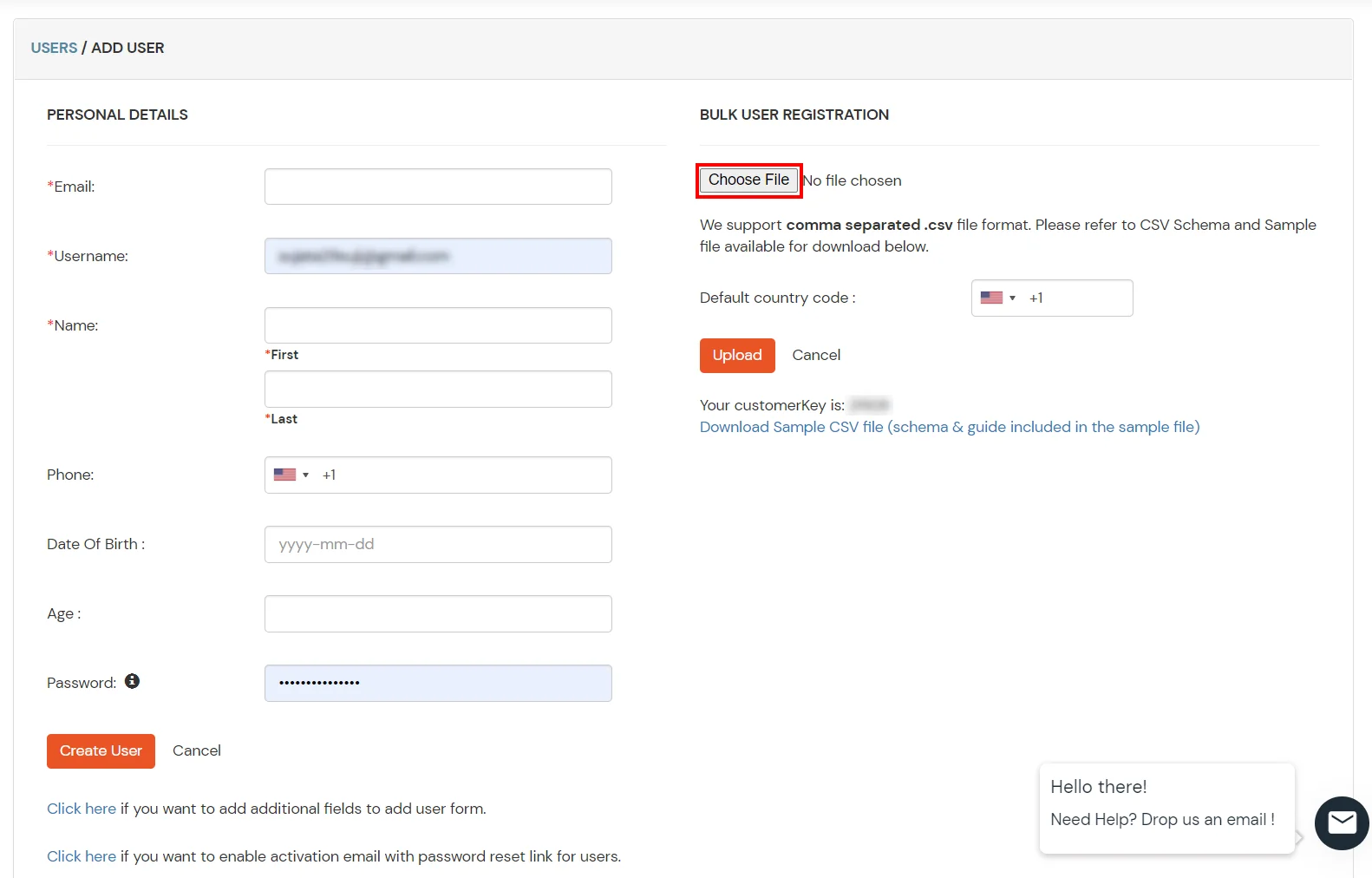





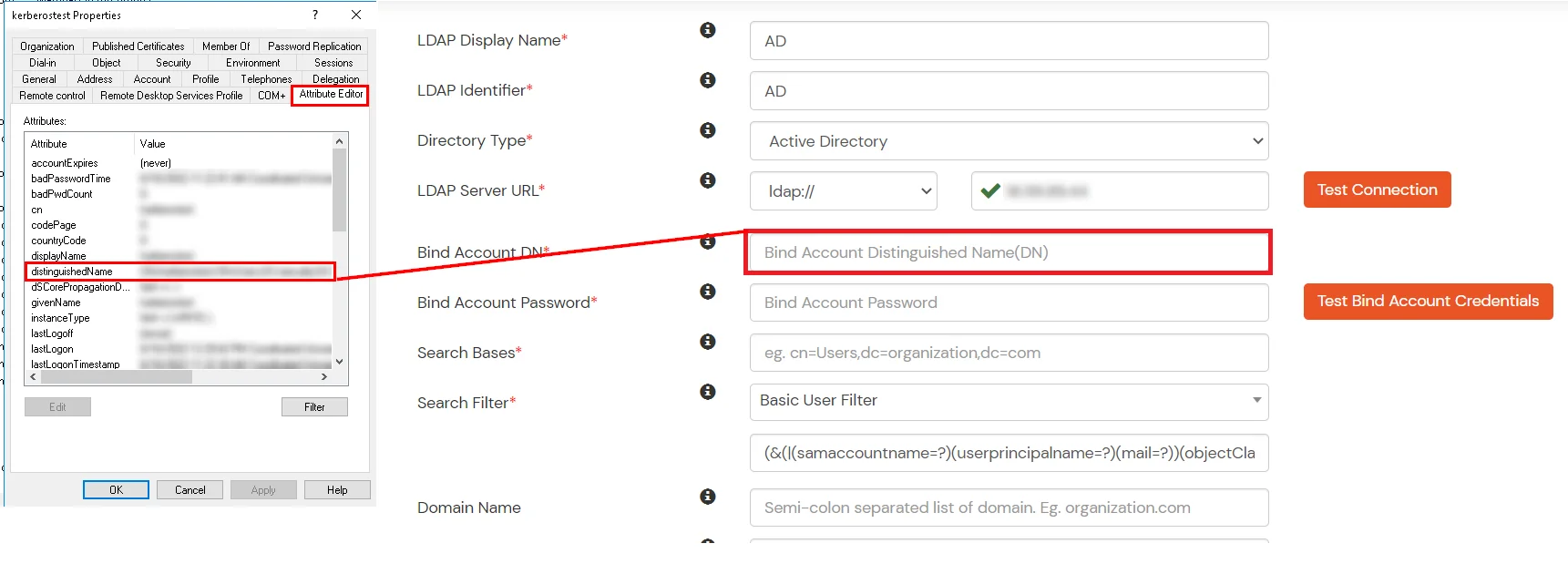




Here's the list of the attributes and what it does when we enable it. You can enable/disable accordingly.
| Attribute | Description |
|---|---|
| Activate LDAP | All user authentications will be done with LDAP credentials if you Activate it |
| Fallback Authentication | If LDAP credentials fail then user will be authenticated through miniOrange |
| Enable administrator login | On enabling this, your miniOrange Administrator login authenticates using your LDAP server |
| Show IdP to users | If you enable this option, this IdP will be visible to users |
| Sync users in miniOrange | Users will be created in miniOrange after authentication with LDAP |
Attribute Name sent to SP = organization
Attribute Name from IDP = company

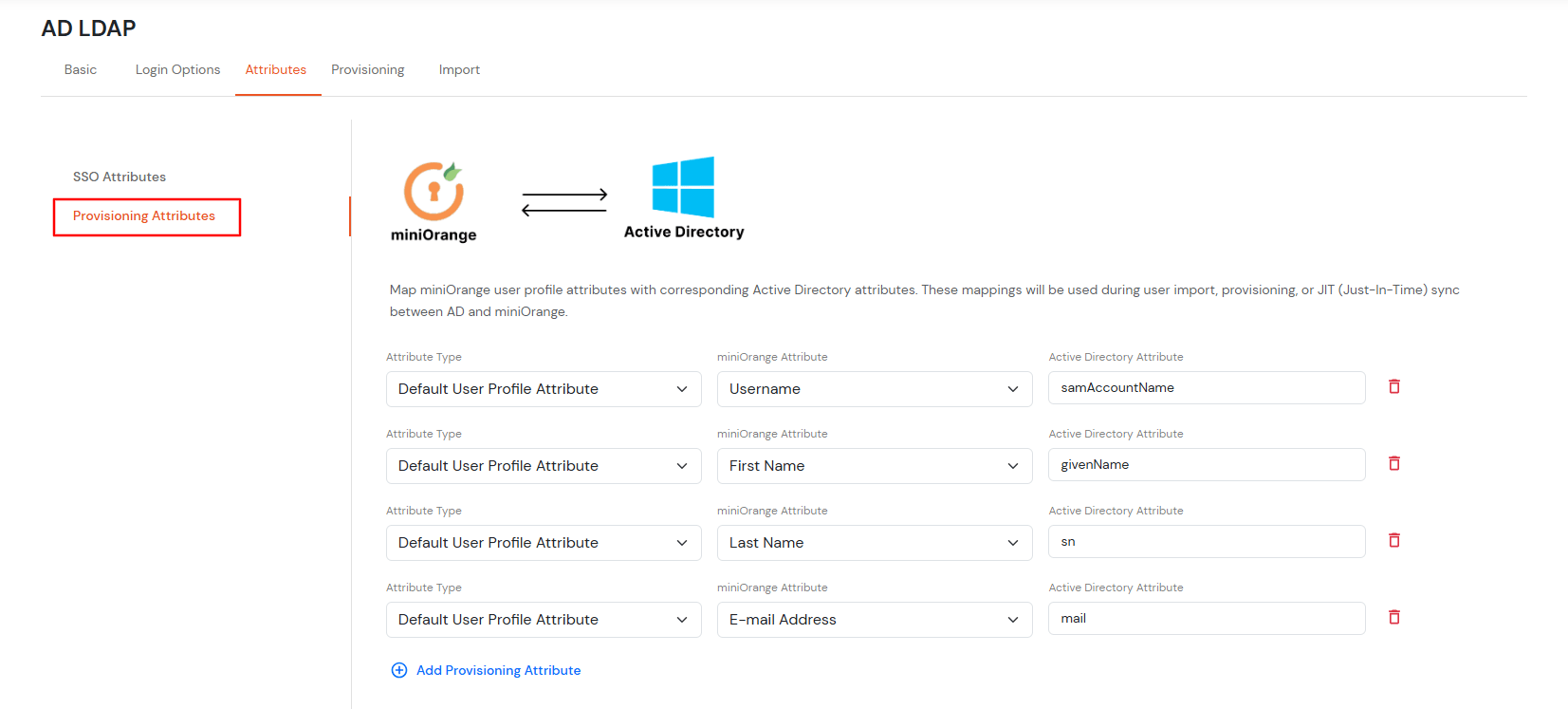
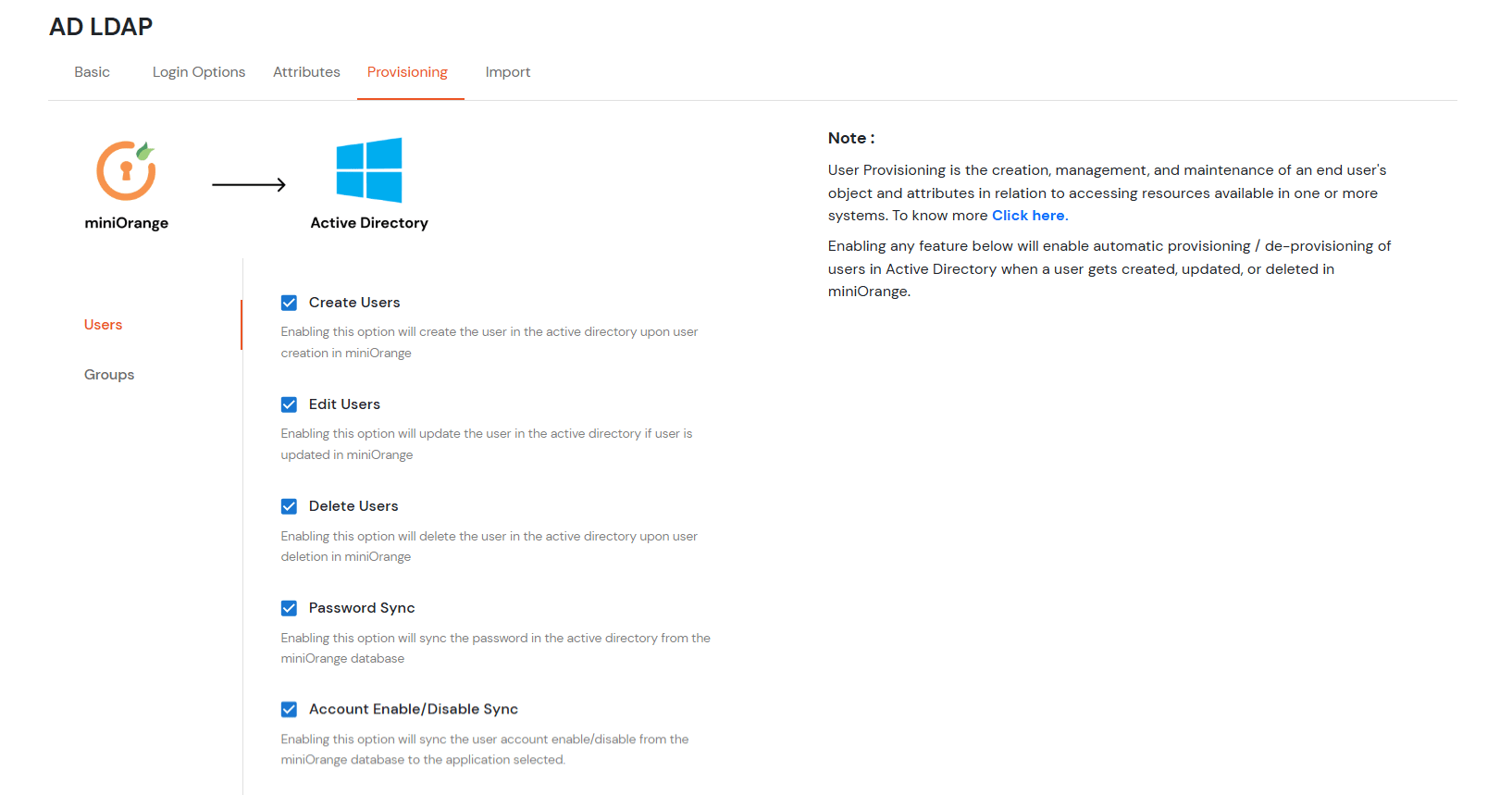






Set up AD as External Directory configuration is complete.
Note: Refer our guide to setup LDAP on windows server.
miniOrange integrates with various external user sources such as directories, identity providers, and etc.
Contact us or email us at idpsupport@xecurify.com and we'll help you setting it up in no time.
A. Restricting access to Adobe Captivate Prime with IP Configuration
You can use adaptive authentication with Adobe Captivate Prime Single Sign-On (SSO) to improve the security and functionality of Single Sign-On. You can allow a IP Address in certain range for SSO or you can deny it based your requirements and you can also challenge the user to verify his authenticity. Adaptive authentication manages the user authentication bases on different factors such as Device ID, Location, Time of Access, IP Address and many more.
You can configure Adaptive Authentication with IP Blocking in following way :
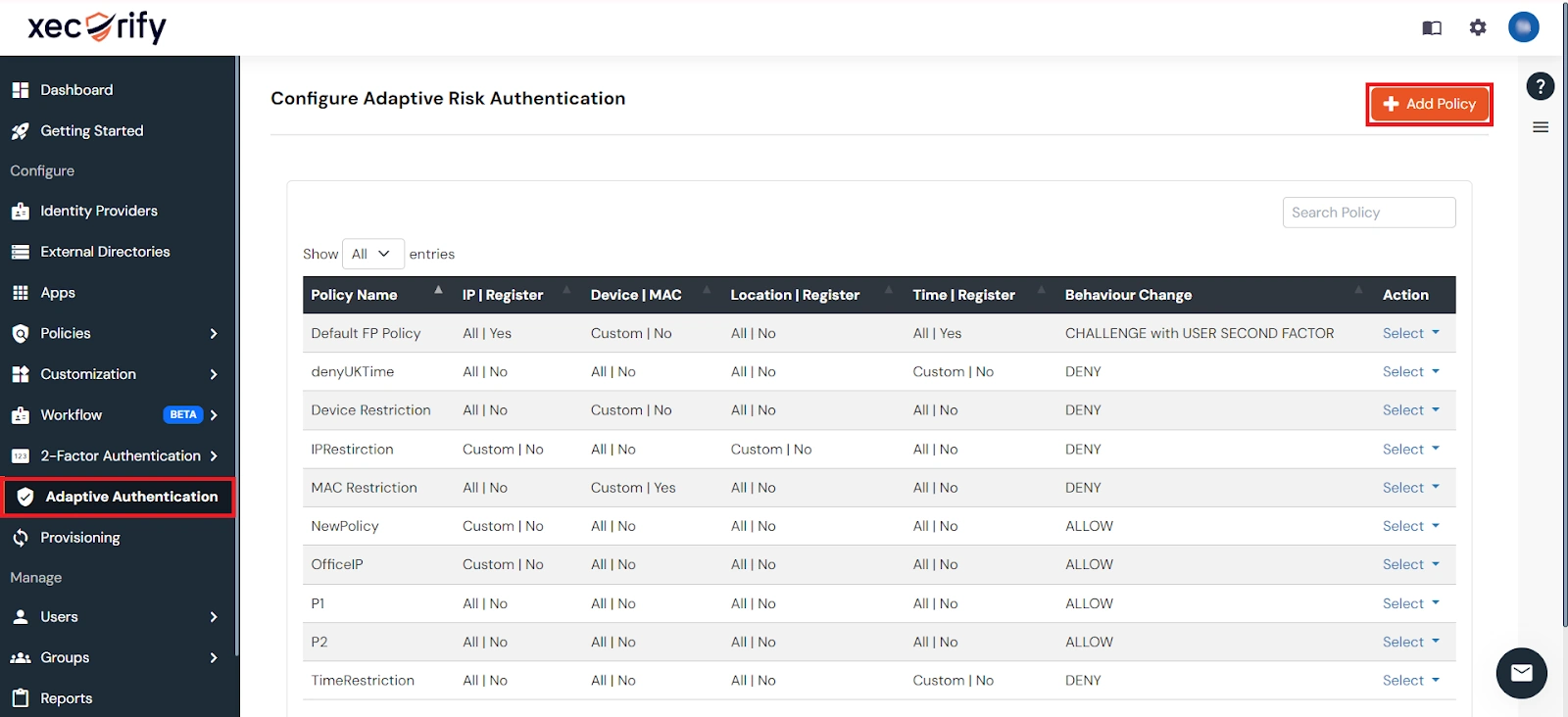
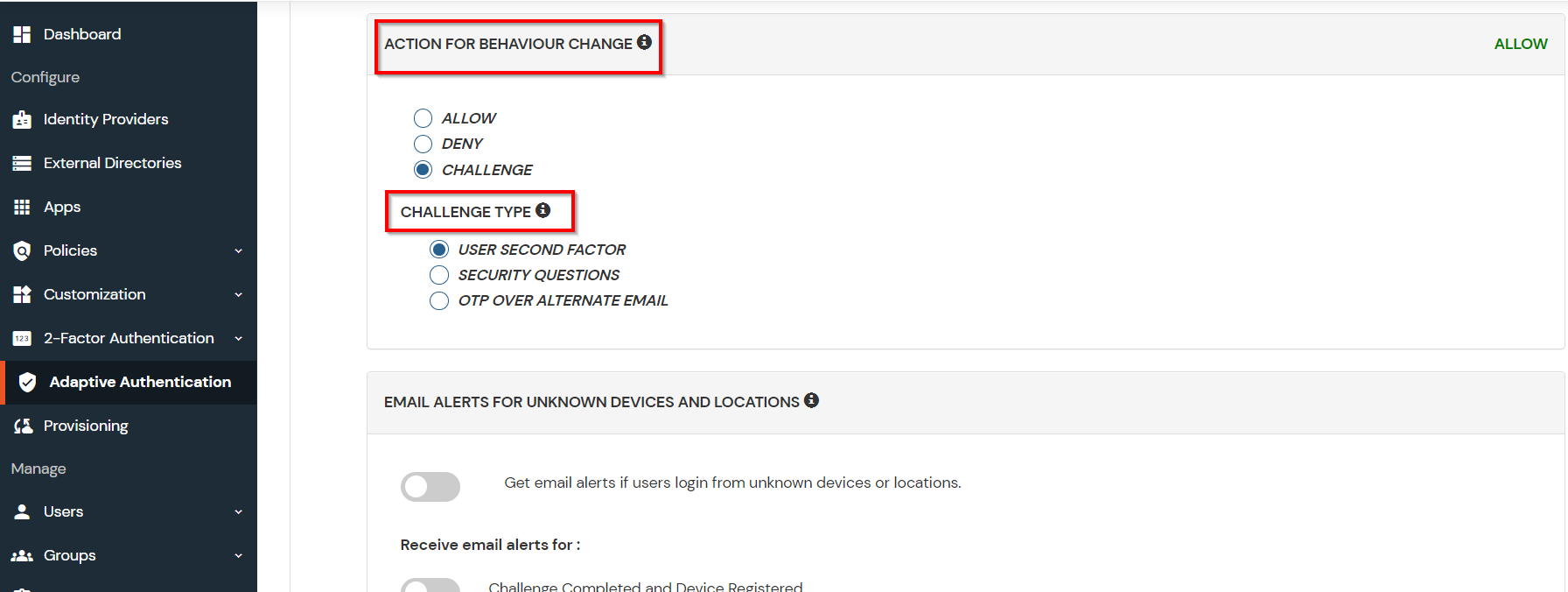
| Attribute | Description |
|---|---|
| Allow | Allow users to authenticate and use services if Adaptive authentication condition is true. |
| Deny | Deny user authentications and access to services if Adaptive authentication condition is true. |
| Challenge | Challenge users with one of the three methods mentioned below for verifying user authenticity. |
| Attribute | Description |
|---|---|
| User second Factor | The User needs to authenticate using the second factor he has opted or assigned for such as
|
| KBA (Knowledge-based authentication) | The System will ask the user for 2 of 3 questions he has configured in his Self-Service Console. Only after the right answer to both questions is the user allowed to proceed further. |
| OTP over Alternate Email | User will receive an OTP on the alternate email they have configured through the Self Service Console. Once the user provides the correct OTP, they are allowed to proceed further. |
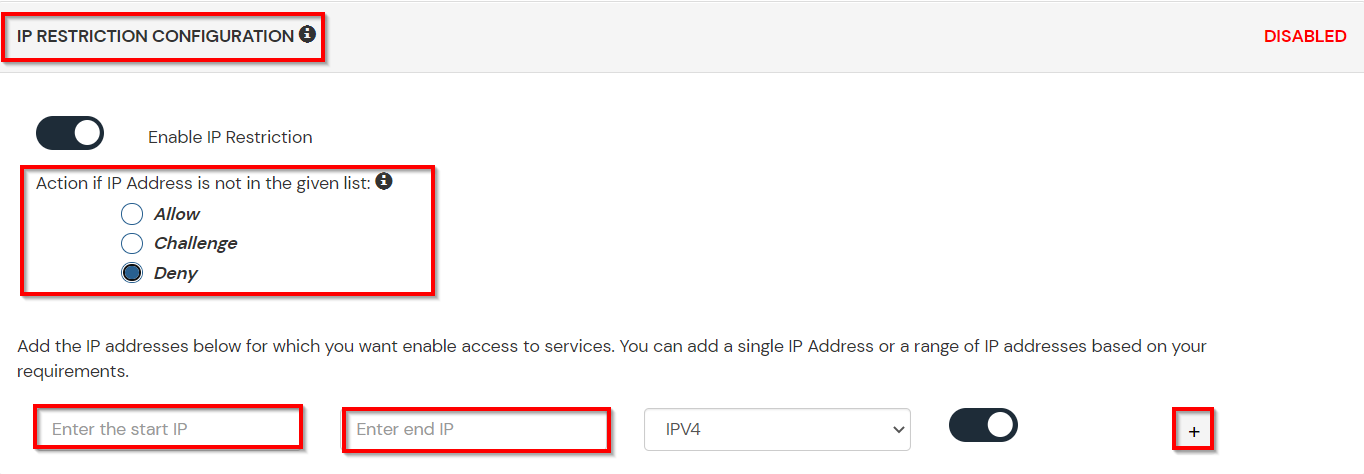
B. Adaptive Authentication with Limiting number of devices
Using Adaptive Authentication you can also restrict the number of devices the end user can access the Services on. You can allow end users to access services on a fixed no. of devices. The end users will be able to access services provided by us on this fixed no. of devices.
You can configure Adaptive Authentication with Device Restriction in following way
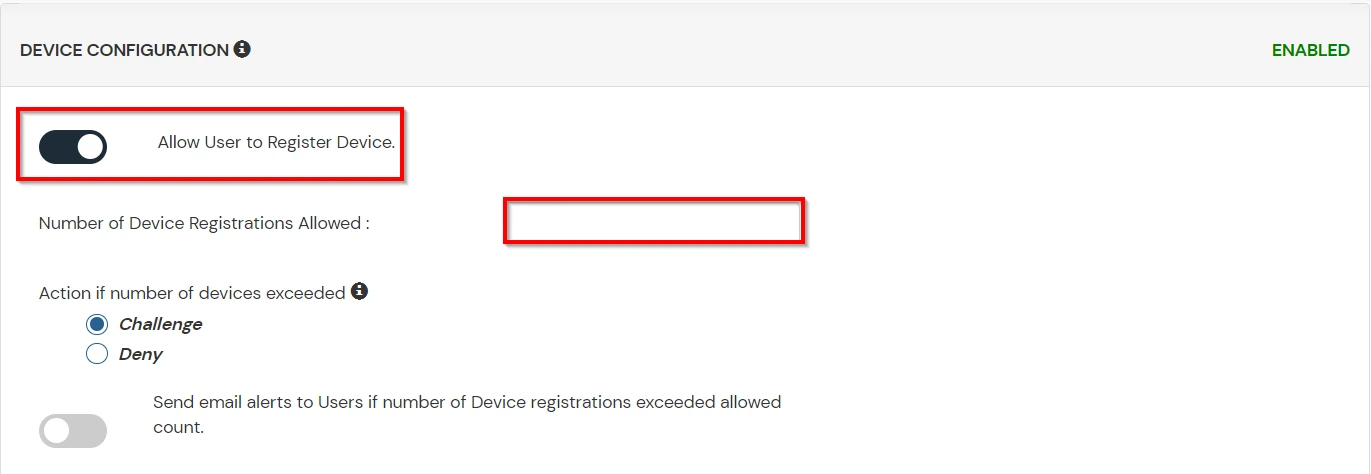
C. Add Adaptive Authentication policy to Adobe Captivate Prime
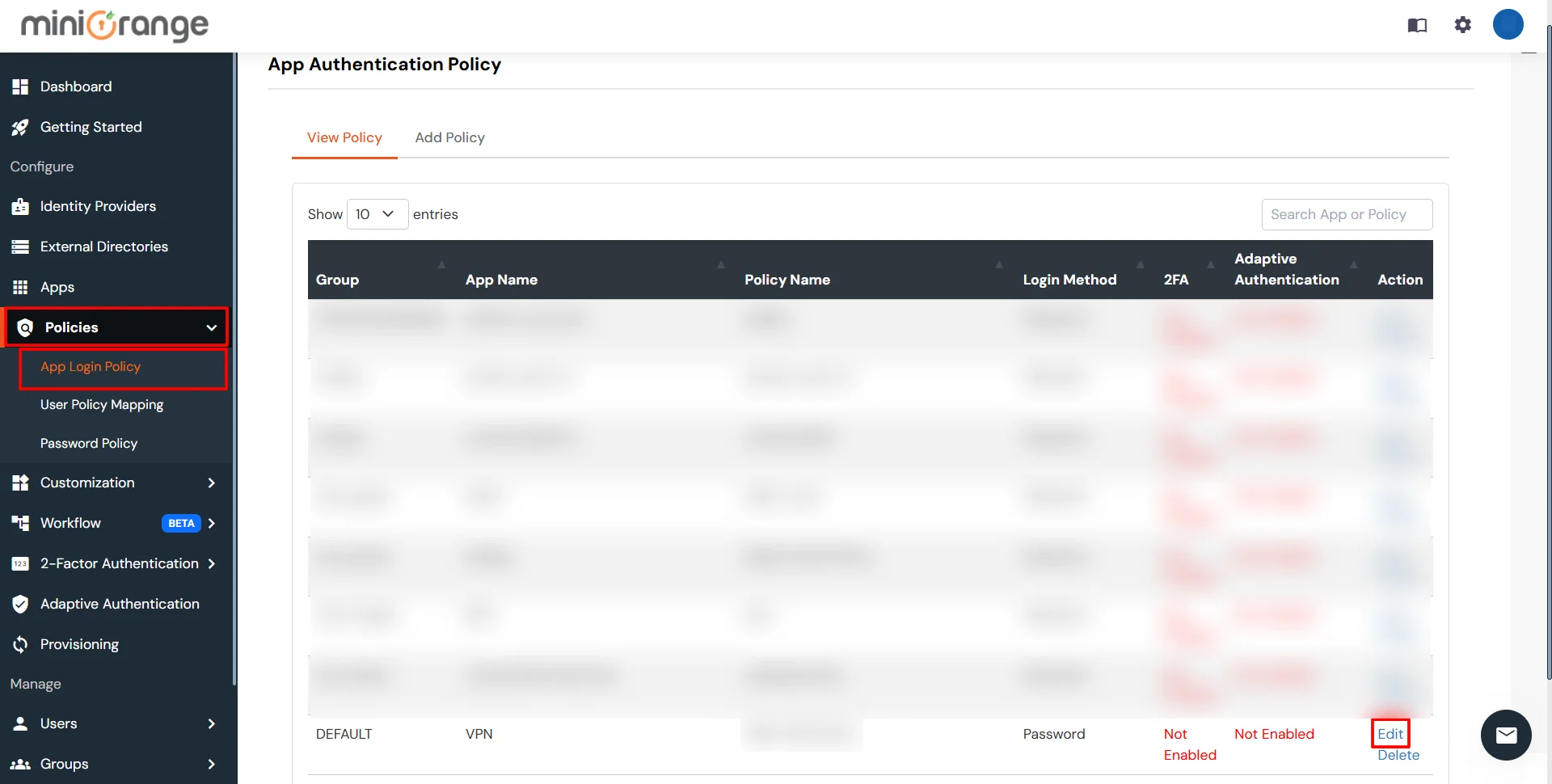
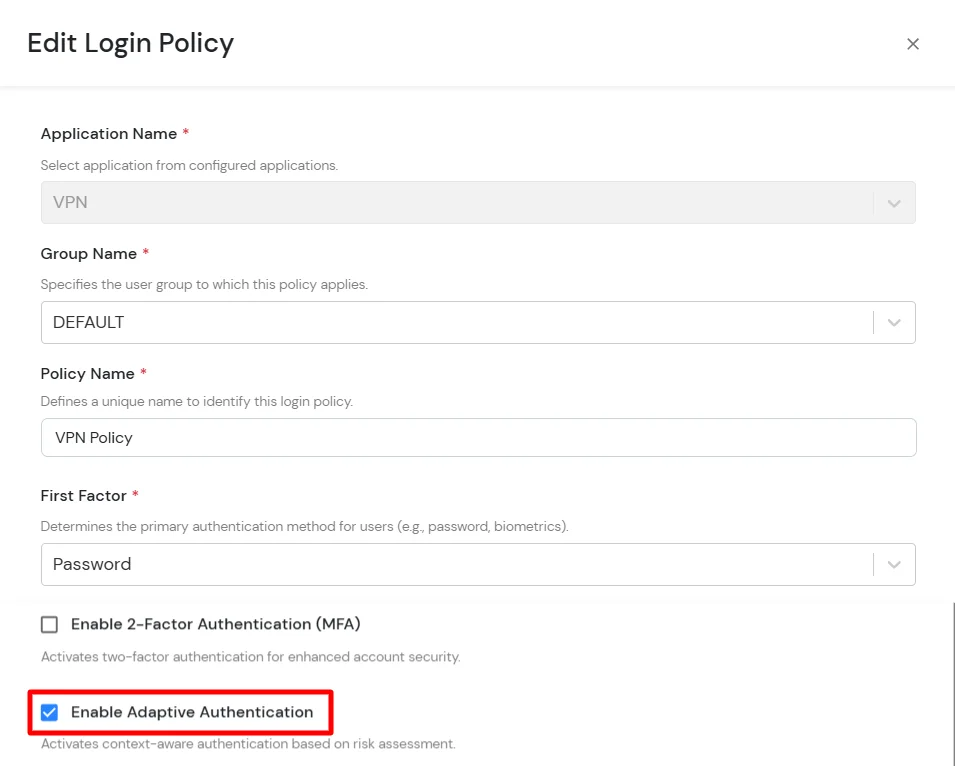
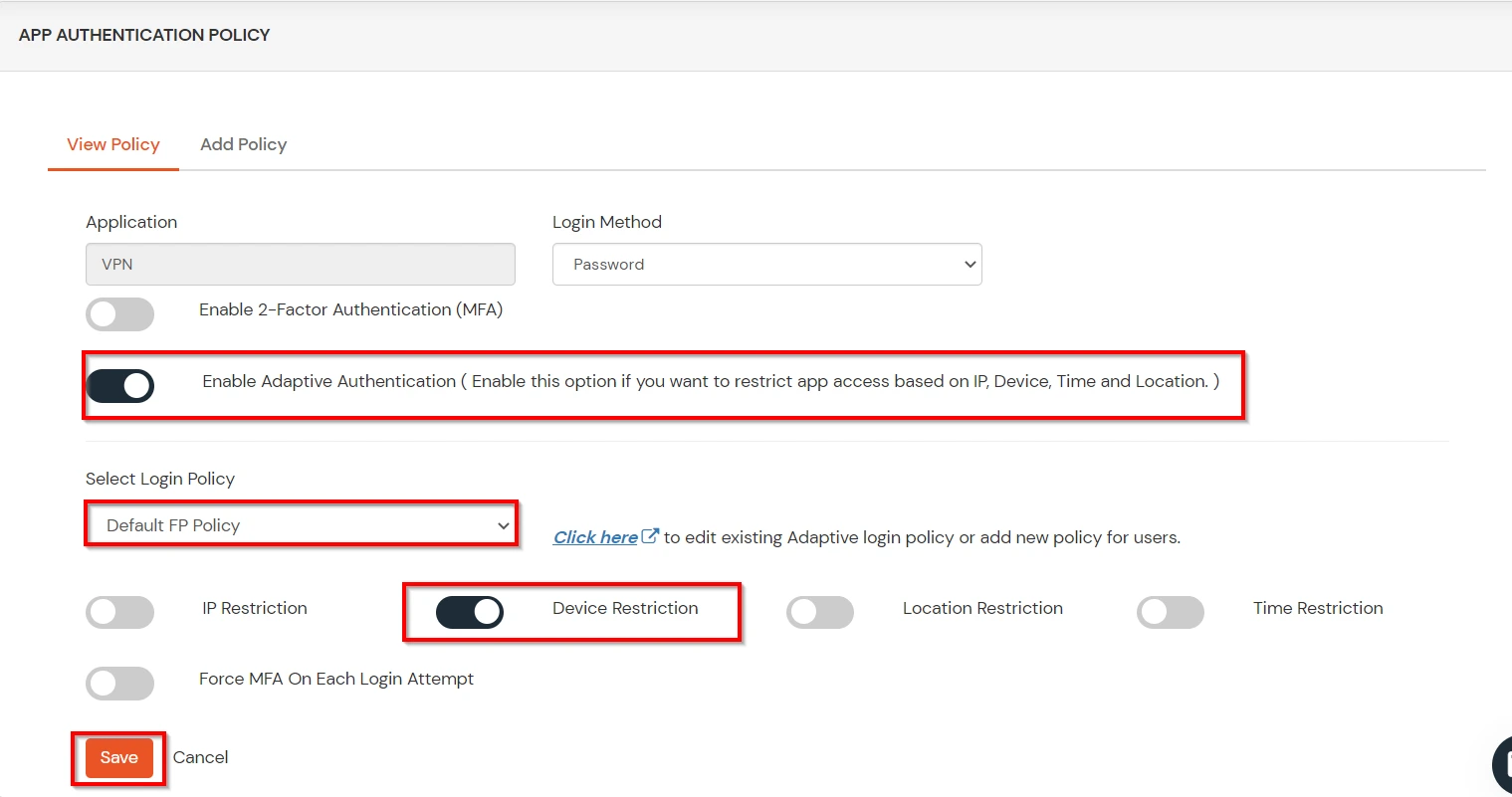
D. Notification and Alert Message.
This section handles the notifications and alerts related to Adaptive Authentication. It provides the following options :
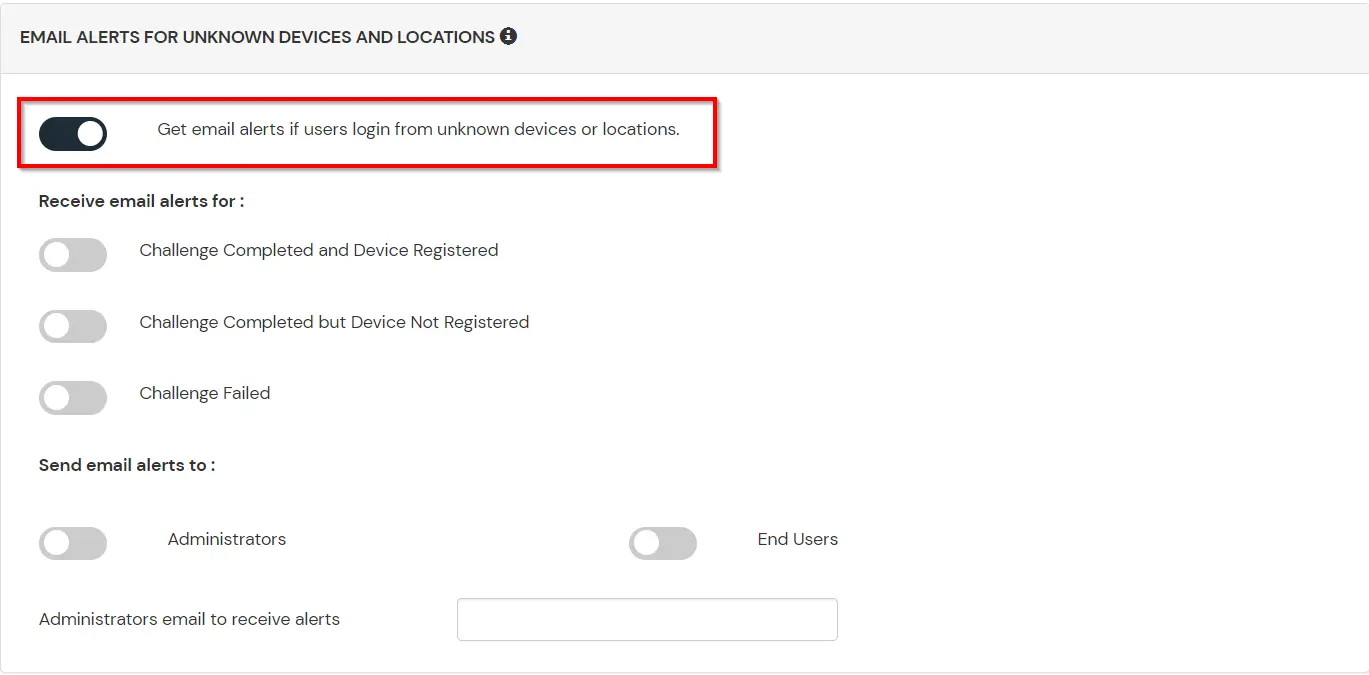
| Option | Description |
|---|---|
| Users login from unknown IP addresses, devices or locations | Enabling this option allows you to login from unknown IP addresses or devices and even locations. |
| Number of Device registrations exceeded allowed count | This option will allow you to register more devices than the devices you have numbered. |
| Challenge Completed and Device Registered | Enabling this option allows you to send an email alert when an end-user completes a challenge and registers a device. |
| Challenge Completed but Device Not Registered | Enabling this option allows you to send an email alert when an end-user completes a challenge but do not registers the device. |
| Challenge Failed | Enabling this option allows you to send an email alert when an end-user fails to complete the challenge. |
